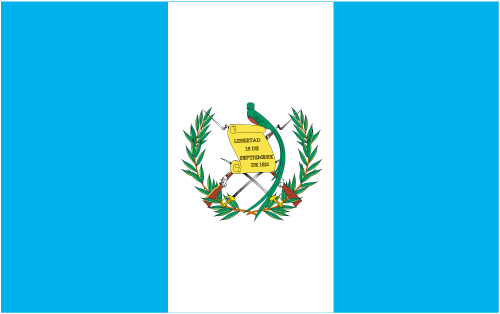|
-
In
1945, a democratic election brought Juan José Arévalo into office as
the Guatemalan president.
-
He made many governmental reforms to give indigenous
peoples more rights along with establishing rural education and
social security programs, as well as giving financial aid to small
farmers. This angered the upper-class and the UFCO because it took
some of their agricultural market away. The United States obviously
wasn’t pleased either.
-
1951 saw the succession of Arévalo by Jacobo Arbenz
Guzmán. Arbenz was even more radical than Arévalo, specifically in
terms of land distribution, which was something Arévalo really hadn’t
addressed sufficiently, even though it was the basis for many of the
economic troubles at hand.
-
Abrenz’s defining moment came when he got the
Guatemalan Congress to pass Decree 900. This decree called for the
expropriation of all plots of land larger than 600 acres and not
being cultivated. This land was then redistributed to people who
owned no land, and the former owners were compensated with money
from government bonds. Decree 900 affected half the private land in
Guatemala, including large portions UFCO land holdings in the
country.
-
The UFCO and U.S. State Department became angered
when Arbenz refused to meet their demands for the amount of money
they wanted in compensation for the lands that had been confiscated.
-
U.S. Secretary of State, John Foster Dulles, along
with CIA director, Allen Dulles, who both happened to be former
partners in United Fruit’s Washington, D.C. law firm, persuaded
President Eisenhower that Arbenz needed to be removed from power for
his lack of cooperation.
-
To do so, the CIA chose Carlos Castillo Armas to lead
a violent coup along with funding the training of his rebels. In
1954, the democratically elected Arbenz was overthrown by a
U.S.-funded takeover that put Castillo into power.
-
This appalling action was somehow condoned by the
U.S. government, as they even granted foreign aid to Guatemala after
the Castillo takeover. The role the United States played in ending
the term of Arbenz also led to the end of democracy in Guatemala for
a long, long time. Civil war ensued within the country for four
decades after the overthrow.
-
Also, in response to the U.S.-sanctioned coup,
thousands of Guatemalans fled to the hills to form guerilla groups
in opposition to the Castillo dictatorship. These guerilla
groups were often the targets of the Castillo’s military, who received a lot
of help and funding from the U.S. government and U.S. Special
Forces. Thousands upon thousands of guerilla revolutionaries were
slaughtered or wound up missing because of their resistance to the
Castillo regime, which was a direct result of U.S. political fear.
-
Thousands of lives were lost and even more families
and homes were broken up or destroyed because of the war that broke
out of the selfish desires of United States government officials.
Their corporate greed along with their paranoia over the spread of
communism or any type of “un-American” democracy led them to
sanction the overthrow of a democratically-elected president, the
killing of tens of thousands of Guatemalans, along with a civil war
that devastated the country for forty years. This is obviously a
sad part of the United States’ history, but what makes it even more
disheartening is the fact that is had been and still is unknown to
many U.S. citizens today.(22)
|



